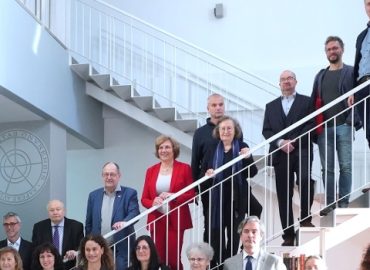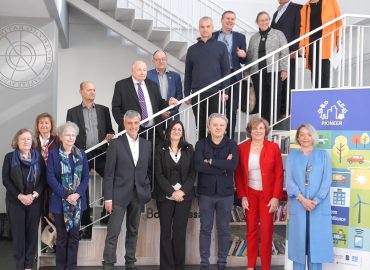Laurea University of Applied Sciences, together with its European partner universities, is interested in international funding instruments for the development of teaching and RDI activities. In particular, the programmes under the European Union’s Multiannual Financial Framework (2021-2027) and NextGenerationEU offer higher education institutions a wide range of opportunities for cross-border cooperation (European Commission 2021 & 2024). Competition for EU funding is fierce, but Finnish higher education institutions, research institutes and other actors have done reasonably well at winning contracts. In Horizon Europe, Finland’s share of funding was about 3 % of the total funding granted in 2022-2023 (ScienceBusiness 2024). This blog examines the general principles according to which the EU evaluates project proposals and awards funding to them.
The evaluation process for EU-funded project proposals varies somewhat depending on the type of application procedure and funding programme, but is generally based on the following factors:
- Formality: The proposal must be clear and complete in terms of formal requirements. All required annexes and documents must be included in the application.
- Relevance and objectives of the project: The objectives set out in the proposal are in line with EU policy objectives and strategic development needs.
- Cooperation and participation: The qualitative and quantitative relevance of the partners and stakeholders involved in the implementation of the project and related development work.
- Governance, challenges and risks: The capacity of the applicant and the partnership as a whole to manage and implement the project effectively. In addition, the ability to identify the main challenges and risks and to present appropriate solutions and mitigation measures.
- Resources: Adequacy, realism and suitability of the budgetary and human resources in relation to the project objectives, the action plan and the roles of the project partners.
- Impact and Sustainability: The qualitative and quantitative impact of the project work, as well as the usefulness and sustainability of the results after the end of the project. Effective communication and information activities will increase the impact of the project.
author: Mika Launikari




